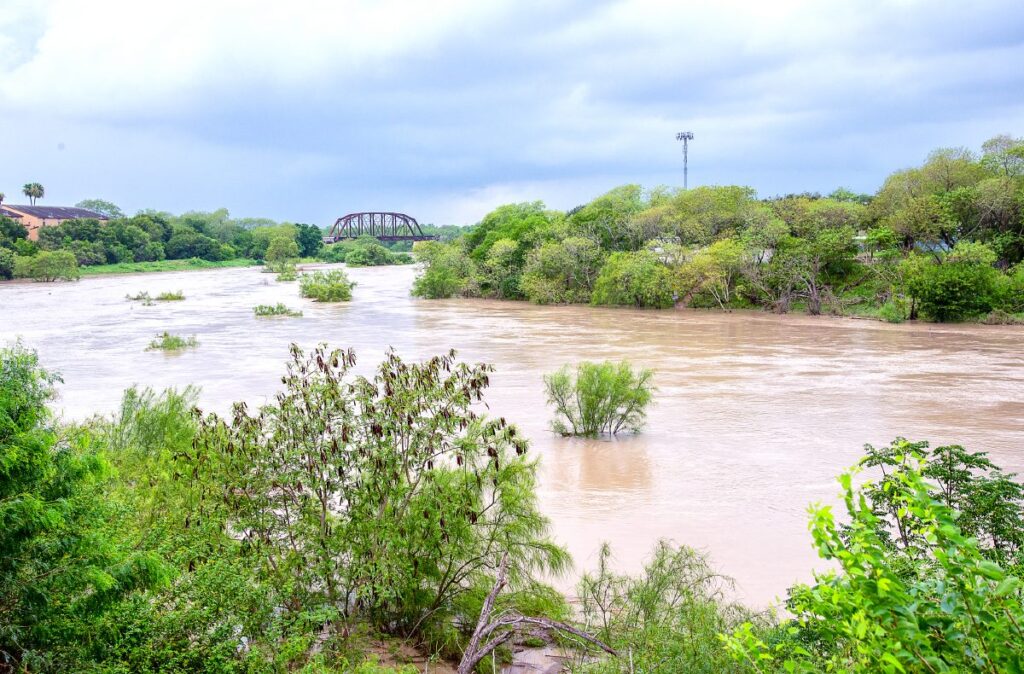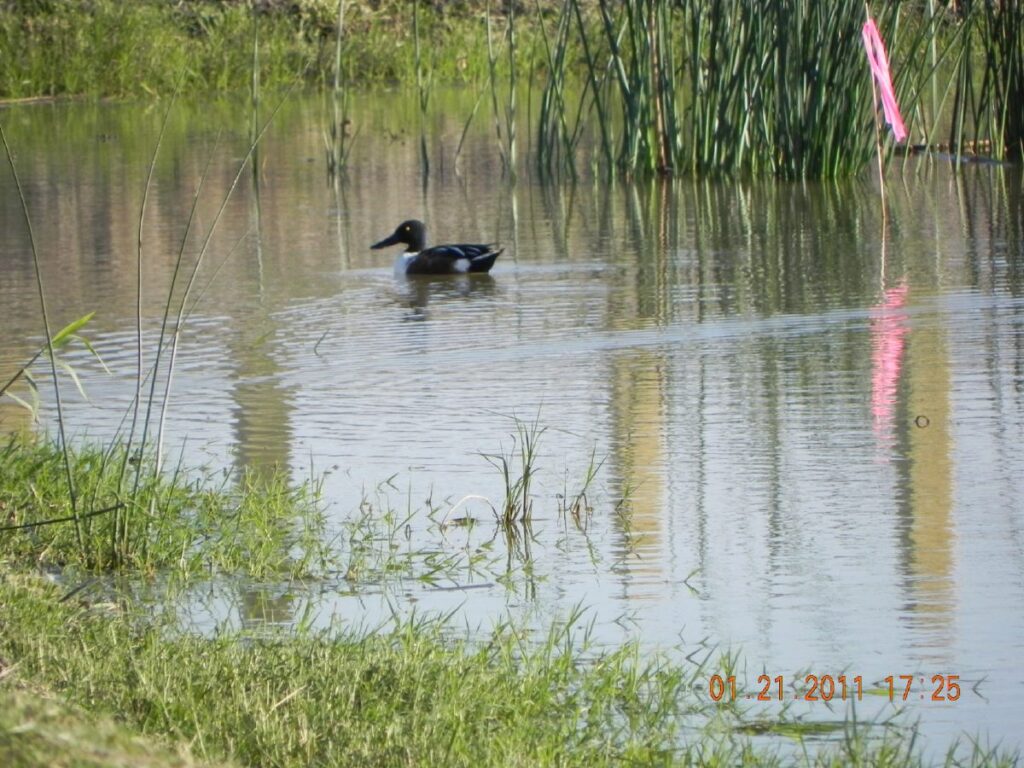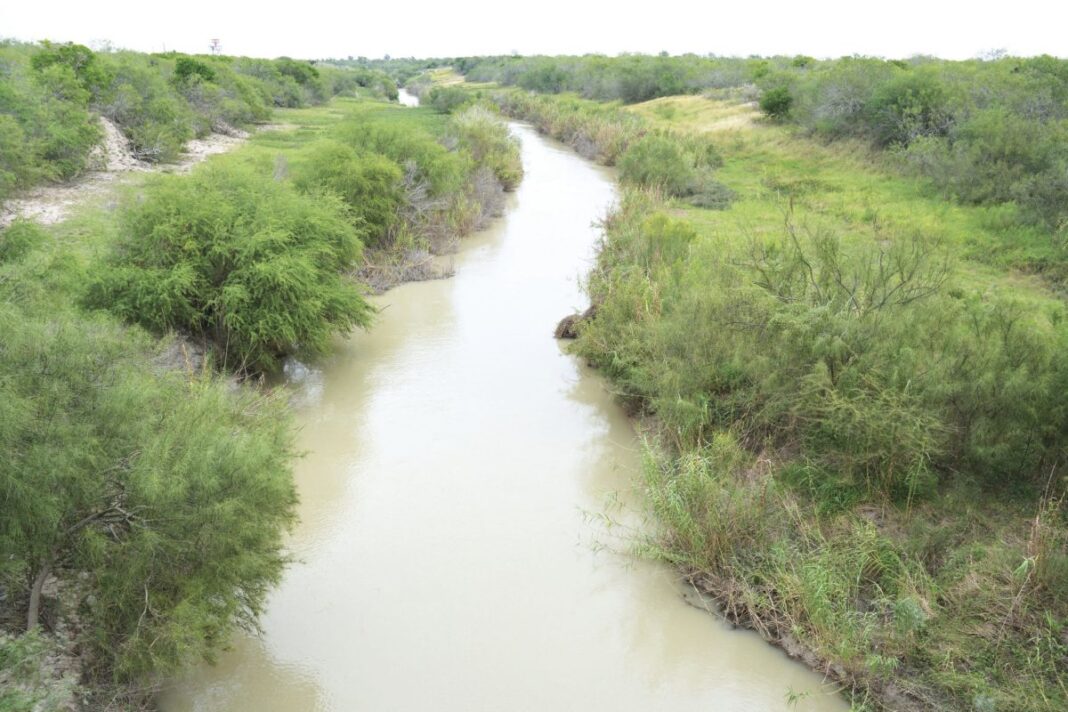HARLINGEN — Federal officials this week filled in details of the upcoming work on the Arroyo Colorado within the city, outlining how water-clogging brush and trees will be removed and native flora planted.
The bush-hogging is yet to begin, although a contract has been awarded. A kickoff meeting with officials from the International Boundary and Water Commission, which has oversight of the arroyo, contractor representatives and city officials will be held Monday.
City officials have worked for years to spur the IBWC into action on clearing and dredging the arroyo to improve the flow of floodwaters out of Harlingen and into the arroyo to eventually dump out into the Laguna Madre.
The IBWC insists the arroyo can carry up to 21,000 cfs, which is its design maximum. City officials have long disputed that number, noting that during recent flood events it appears the arroyo can handle only about 10,000 cfs, less than half of what federal engineers say it can accommodate.

Thunderstorms drenching the area with several inches of rain passed through the area in this June 21, 2018, file photo. The heavy rainfall caused the Arroyo Colorado to overflow.
A lot of that decline in flow is due to siltation of the narrow waterway and the profuse brush and trees which have grown along it, impediments which trap debris and blocks the smooth flow of water downstream.
Joel Saldivar, an engineering technician for IBWC, said the vegetation removal along a 50-feet swathe on either side of the arroyo will occur on a 6.3-mile stretch starting at the U.S. Business 77 bridge near McKelvey Park down to Cemetery Road near the Port of Harlingen.
“This is such a sensitive watershed, we have some birding centers on there, we have the hike-and-bike trail, we have lots of people that are major stakeholders in there who are very concerned about the arroyo, keeping this natural,” he said. “But the improvements that we need to do to safely convey the water through there, we went back and forth on the work plan until we finally had it approved, and so we are ready to start rolling on this.”
The $1.2 million vegetation contract was awarded to Swift Operating Partners of Colorado.
Much of the vegetation clogging the banks of the arroyo consists of invasive species, like Brazilian peppertrees, carrizo cane, phragmites and salt cedar. Most of these pulled up or felled within 50 feet of the arroyo banks will be mulched on-site, he said.
Once the vegetation is cleared, replanting will begin using native species.
“The contractor we have now did develop a work plan that will be successful with the vegetation that we’re going to be re-establishing … plants that we can maintain with our mowers,” Saldivar said. “This tributary is such a large tributary and we noticed this during the Alex flood (Hurricane Alex, 2010), we started seeing lots and lots of salt cedars and it seemed like an endless battle trying to eradicate salt cedar out of the arroyo.

“I think that once we get this re-established with native vegetation, that we’ll get a better grip on this and trying to eradicate or control some of these species that are very aggressive, one is the Brazilian peppertree and the other the salt cedar,” he added.
Saldivar said the plant mix was selected in consultation with Valley experts with the U.S. Fish and Wildlife Service to make sure these were the right types of flora to re-introduce.
“Approximately 30,000 plants will be hand-planted with an average spacing of six feet,” he said. “This is an approved plant mix here.”
That list includes Vasey’s adelia, manzanita, Carolina wolfberry, Mexican buttonbush, Rio Grande butterfly bush, leather leaf, Berlandier’s fiddlewood, seep willow, Runyon’s water willow, Berlandier’s trumpets, brushland lantana, betony-leaf mistflower, coastal germander, primrose willow, Rio Grande dewberry, sprawling lippia and willow-leaf heimia.
Native trees growing inside the 50-foot swathes will be preserved if possible, he said, and non-natives will be killed on the spot, which Saldivar said sounds easier than it is.
“As soon as it’s cut, the procedure is to treat the stump with a herbicide, and if we wait longer than 30 minutes, what will happen is the plant, the roots, will start secreting the sap and it will put a cover on that cut area and then the herbicide will be ineffective,” Saldivar said.
“So what will happen, here in the Valley something’s growing 12 months out of the year, this will re-sprout again and so the idea is to cut it, and then treat it with an aquatic herbicide,” he added. “We did this same procedure on the playas in the Brownsville area and we got a very good success rate, and we have a real good control on it.”
Brush and tree removal and re-planting is merely the first phase of the arroyo rehabilitation project. A contract for dredging the waterway from the U.S. Business 77 bridge to Cemetery Road is still to be awarded.




